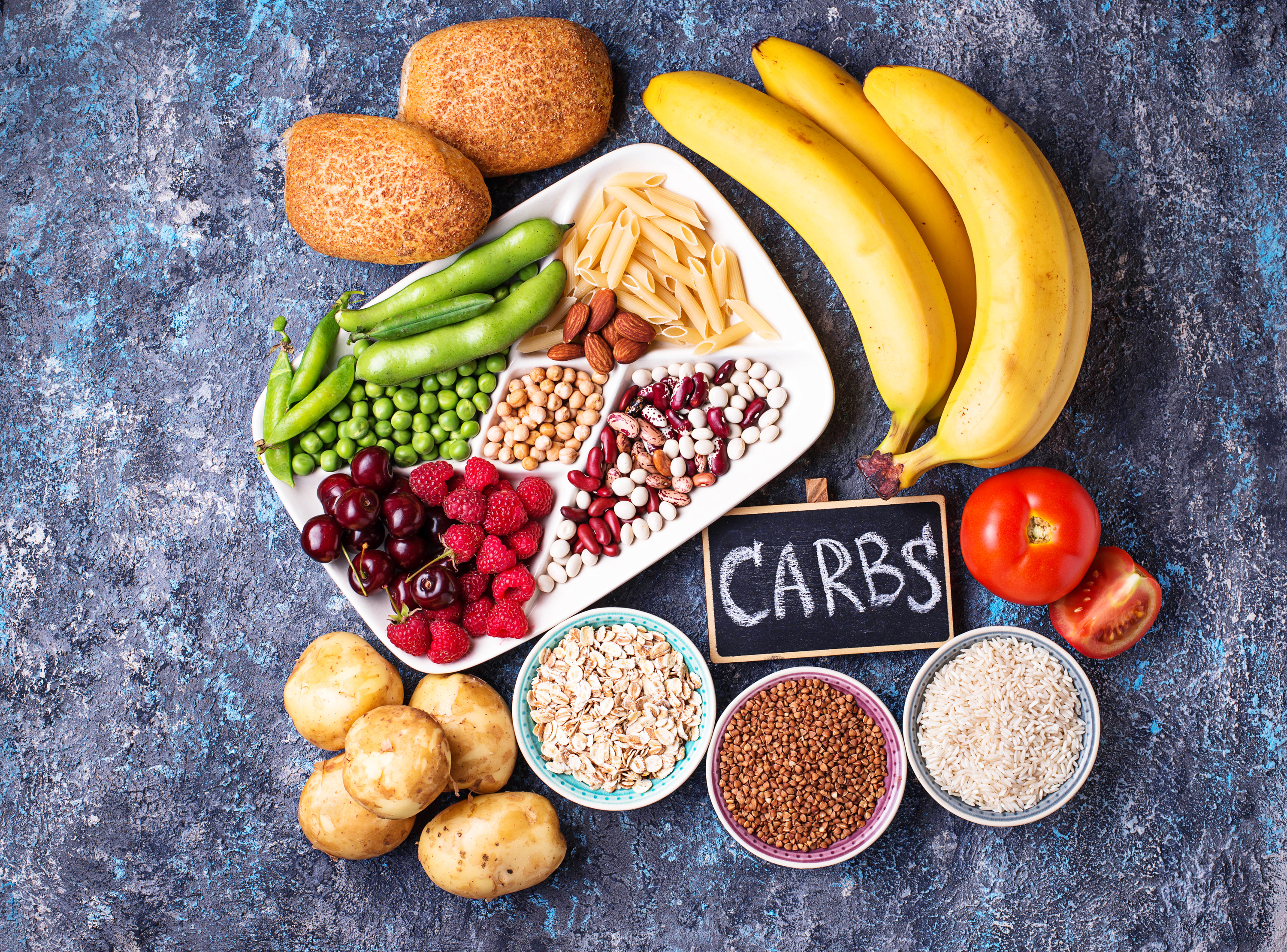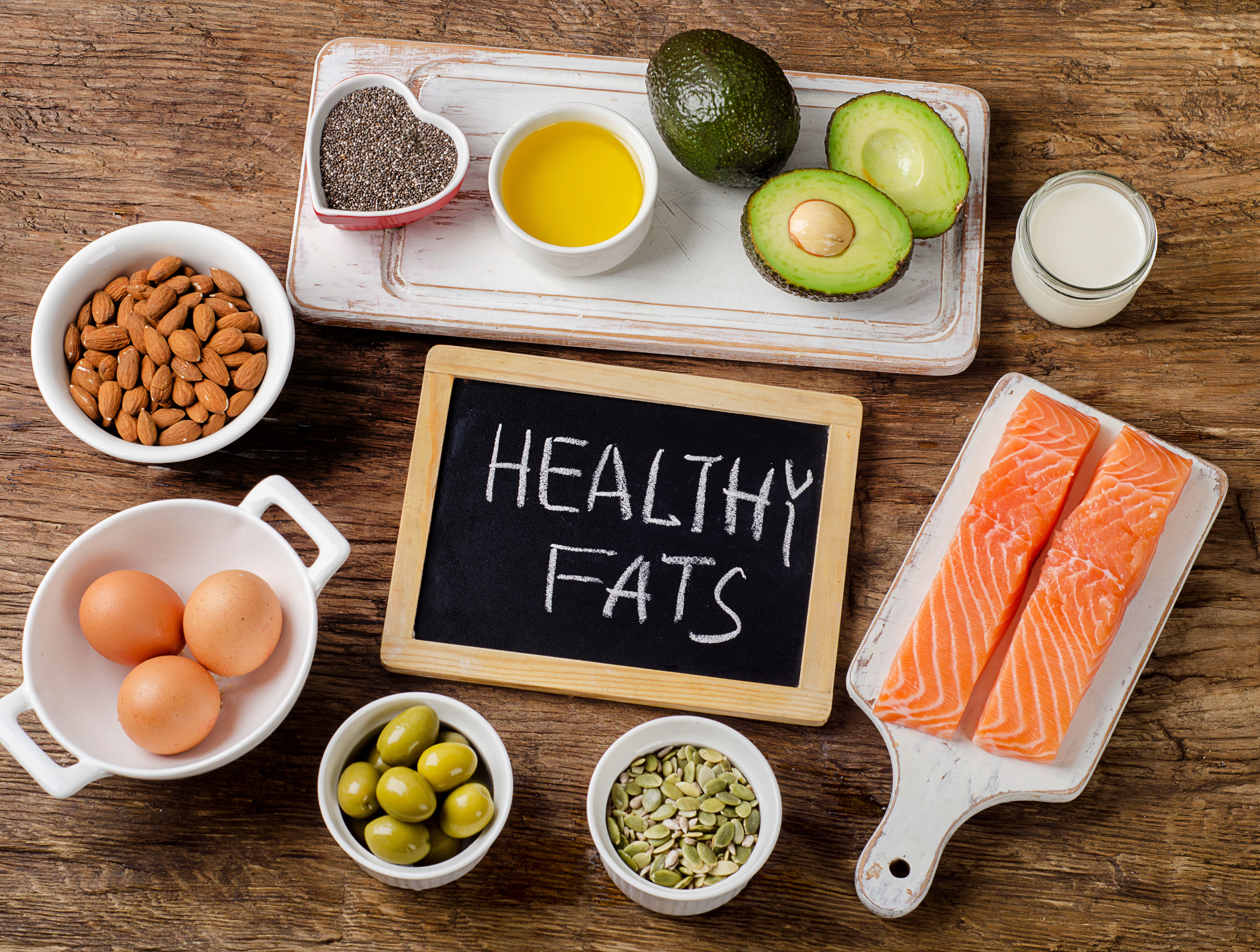The three primary macronutrients are; protein, carbohydrates (carbs) and fats (fatty acids). Micronutrients are the vitamins and minerals in our diets.
The Amino Acids in Protein are the building blocks our bodies need for many biological functions. They are necessary for our immune system, essential for growth and repair, for nail and hair health, enzyme function, cell structure and more.
A huge range of sources which include meat, seafood, eggs and dairy, as well as nuts, legumes and some vegetables.
Complete sources (usually animal) contain all the Essential Amino Acids (EAA’s) which are required to stimulate muscle protein synthesis (MPS). Incomplete sources (usually plants) are missing, or have a low content, of at least one EAA.
The RDA is 0.8g per kg of body weight. That’s just the minimum to prevent deficiencies. For general health the target is 1.2-1.6g/kg BW For performance goals it is up to 2.7g/kg BW


While not essential for life, they are required for optimal health. Carbs are the body’s preferred source of energy. They’re broken down into glucose which is the primary fuel for our brains. Dietary fibre is very important for gut health. It feeds our microbes (good bacteria) and also helps keep your bowel movements regular.
A huge range of sources which include grains, vegetables, fruits, legumes, dairy and sugar.
The three main forms are; sugars, fibre and starches. The “healthier” types to focus on including in your diet will be the less processed types.
For general health the range is 1-4g per kg of bodyweight per day. The range will vary for performance, muscle gain or fat loss goals. These have pretty broad ranges so when setting up your diet there is plenty of room for individual preference. Aim for 30g of fibre per day. Higher fibre diets are consistently linked to multiple health benefits; these include lowering the risk of heart disease, type 2 diabetes, colon cancer and all cause mortality.
There are some essential fats which we have to get from our diet, notably Omega 3 & 6. Fat is vital for optimal health and is involved the production of hormones, immune function and cell structure. It’s also important for healthy hair, nails and skin. Fats also help with vitamin absorption and are used as an energy source.
A huge range of sources which include red meat, cheese, milk, butter, eggs, nuts and seeds, oils, avocado, oily fish, chocolate and ice cream.
The four main types are; saturated fat (SFA), polyunsaturated fat (PUFA), mono- unsaturated fat (MUFA) and trans fats. The latter has largely been legislated out and you won’t find it much as it is linked with a lot of health risks. Most Western diets tend to include a higher SFA to PUFA content. Ideally it would be balanced with a more even ratio including more healthier plant/fish sources and less animal/processed sources.
The RDA is to get a MINIMUM of 15% of your daily calories from fats. Unfortunately there isn’t currently enough research to give an amount per kg of BW like we do for the other macros. So we look at ranges depending on your goals. For most people a moderate fat intake of 20-40% with a focus on PUFA/MUFA is advised.

We have to get from our diet, as we can’t synthesise it ourselves. It’s been shown to reduce cardiovascular disease risk and is beneficial for brain health amongst a number of health benefits.
The two fish oils we need are Eicosopentaenoic Acid (EPA) and Docosahexaenoic Acid (DHA). The dose is individual dependent. A basic guideline is at least 500mg per day. For anyone with any underlying heart conditions, at least 800-1000mg per day. You can get Omega 3 from you diet by eating 2-3 portions of oily fish a week. (Although for pregnant women that should be reduced to a maximum of 2 portions per week). If you don’t get it from your diet, then a supplement is an alternative. For those, check the amount of EPA/DHA per serving. If vegetarian, then algae supplements are suitable.

Vegetables and fruits contain a variety of different nutrients. Eating a rainbow of colours means you are including a wide range vitamins and minerals. Blue/purple = high in antioxidants, Green = Vitamin A, Yellow/Green = Potassium, Orange/Yellow = Vitamin C & Magnesium, White/Cream = Potassium & B Vitamins, Red = Lyopene
Be aware… when dieting for weight loss, “eat more fruit and veg” can lead to adding in extra calories, and this may make an impact on your progress.
If you aren’t getting enough variety whilst it’s best to get your micronutrients from food, a multi-vitamin may cover your bases.
Micronutrients, in contrast to Macronutrients, are only required in small amounts. There are two types of micronutrient; vitamins and minerals. There are two types of vitamins; fat soluble (A, D, E & K) and water soluble (B & C). Fat soluble are stored in fatty tissue which means they are not required daily, and as they are stored over-consumption can lead to toxicity. Water soluble vitamins can’t be stored in the body, so if you do have any excess they are excreted in your urine. These are needed daily.
The levels of each vitamin and mineral will differ across foods. The general advice of eating a balanced and varied diet, is so you include a broad spectrum of foods to cover the micronutrients you need.
This will vary depending on the micronutrient we are looking at. Common symptoms across a range of vitamins and minerals include; fatigue, muscle weakness, reduced immune system function, headaches, dizziness & weakened bones amongst others. If you think you are deficient you should see a doctor.
Most micronutrients have an RNI (reference nutrient intake). These are based on the amount the large majority of people require to meet their dietary needs.